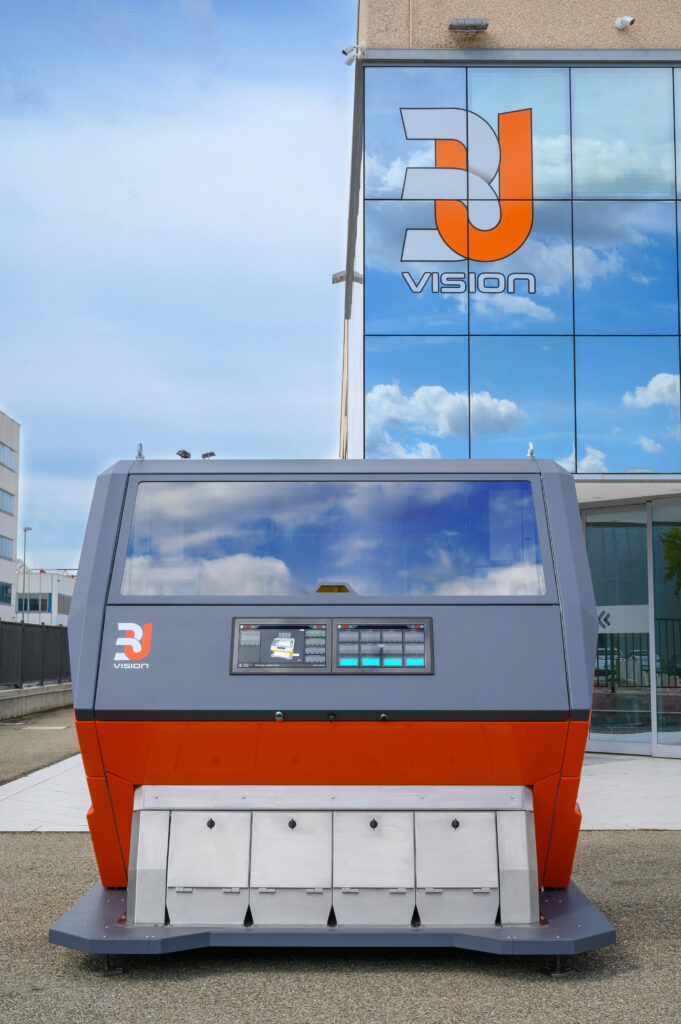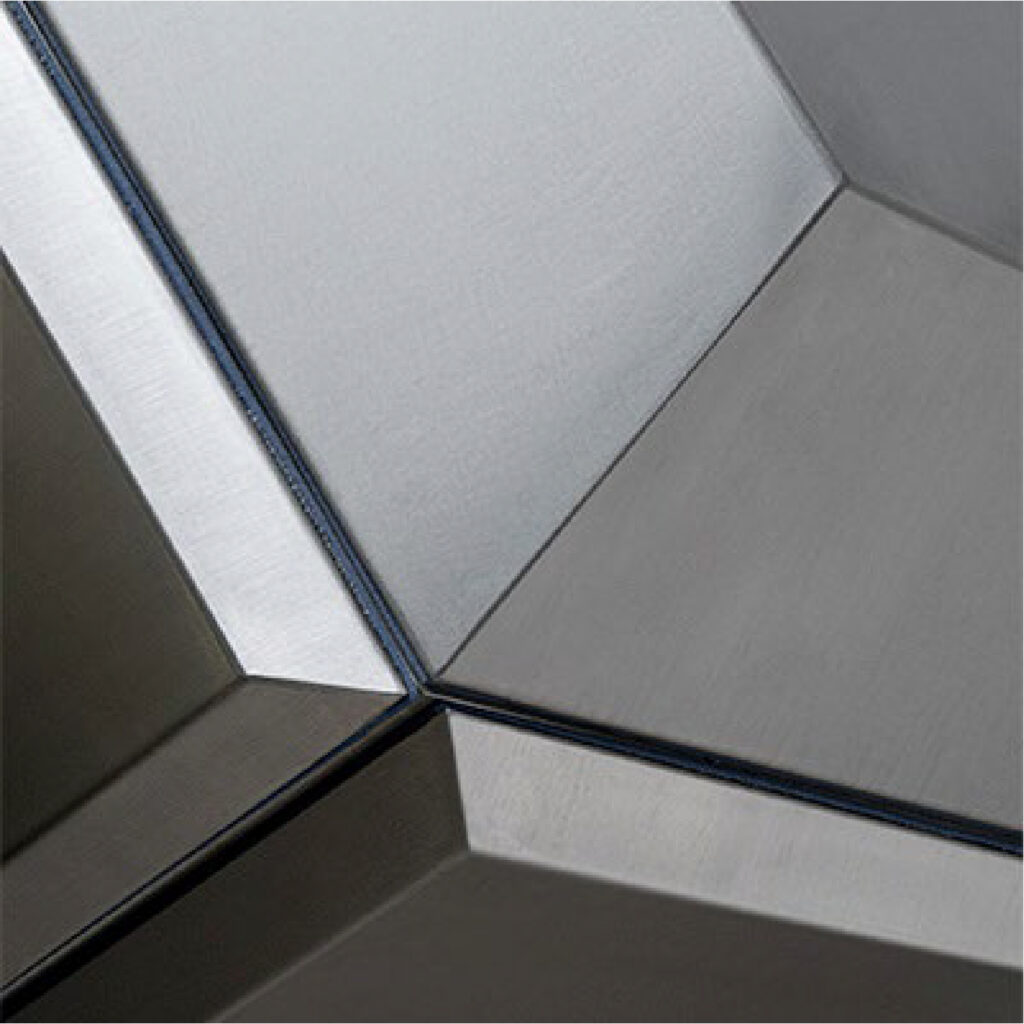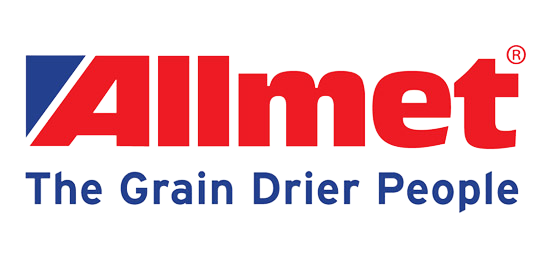
Optical Sorting Machines
About Optical Sorting Machines
In the dynamic landscape of grain processing, ensuring quality and consistency is paramount. Optical sorting machines have revolutionised this industry by providing efficient solutions to enhance product quality and meet stringent market demands.
How Optical Sorting Works
Optical sorting employs advanced sensors and cameras to analyse grains as they pass through the sorting machine. These machines use high-resolution cameras and sophisticated algorithms to detect minute variations in size, colour, shape, and quality. As grains move along a conveyor belt, they are scanned and assessed in real-time.
- Detection: High-resolution cameras capture detailed images of each grain.
- Analysis: Sophisticated algorithms analyse the images to classify grains based on predefined criteria.
- Sorting: Air jets precisely eject defective grains or foreign materials identified during the analysis.
Key Parameters Sorted
- Size: Grains are sorted based on size to ensure uniformity in milling and processing, thereby optimising yield and quality consistency.
- Colour: Optical sensors detect variations in colour, allowing for the removal of discoloured grains or foreign material that may affect the appearance and quality of the final product.
- Shape: Irregularly shaped grains can be identified and separated to maintain uniformity and facilitate efficient processing.
- Quality: The technology identifies and removes grains with defects such as cracks, mould, or insect damage whilst safeguarding the overall quality of the grain batch.
Benefits of Optical Sorting
Optical sorting offers several advantages of optical sorting machines over traditional sorting methods:
- Improved Quality – Enhances product quality by eliminating defective grains and foreign material, ensuring consistency and meeting high industry standards.
- Increased Efficiency – Streamlines the sorting process, reducing labour costs and minimising human error associated with manual sorting methods.
- Cost Reduction – Maximises yield by minimising waste and optimising resource allocation throughout the production process.
- Market Compliance – Helps producers meet regulatory requirements and consumer expectations for high-quality, contaminant-free grains.
Applications in the Grain Industry
Optical sorting technology finds application across a spectrum of grains:
- Wheat – Sorts wheat grains by size and quality parameters for milling purposes.
- Rice – Separates broken grains and foreign particles from whole grains, ensuring premium quality rice products.
- Barley, Corn, and Others – Tailors sorting criteria to the specific characteristics of each grain type, enhancing efficiency and product consistency.
The grain optical sorting process stands as a cornerstone of modern grain processing operations, offering unparalleled benefits in quality assurance, efficiency, and cost-effectiveness. By embracing optical sorting machine technology, producers can elevate their operations to meet the challenges of a demanding market while delivering superior products to consumers worldwide.
Tornum and 3U Vision
Tornum Ltd are now the exclusive distributorship partners for 3U Vision in the UK and Ireland. This partnership brings together a combined experience of over 100 years in optical sorting, marking a significant step forward in delivering innovative and sustainable solutions to the agricultural industry.
Vanessa Schofield, a key member of the Tornum team with extensive technical knowledge, is the primary representative for 3U Vision.
Contact Vanessa – vanessa.schofield@tornum.com / 07477 509 516


FENIX

OPTICA









